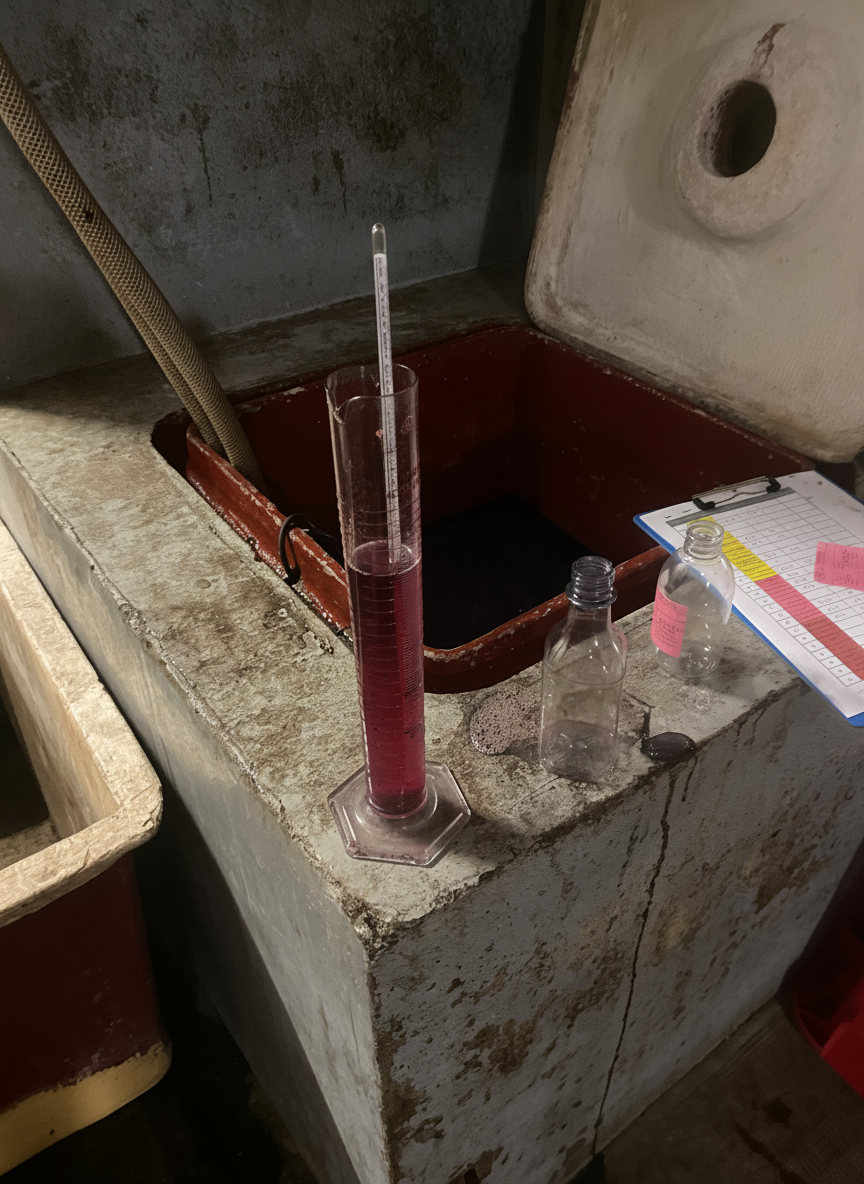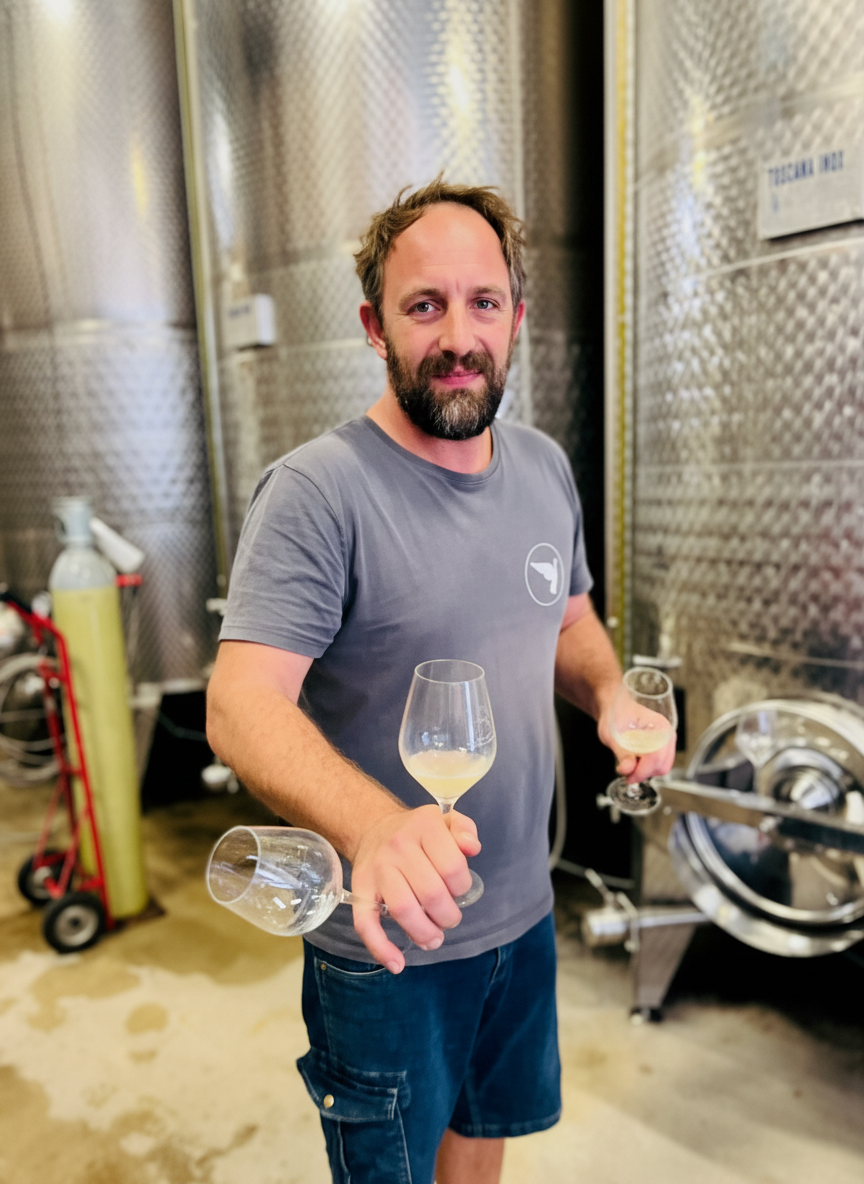October in the Languedoc: Fermentation and the Chemistry of Flavour
/Fermentation in oak barrels
Fermentation: Where Wine Is Born
October in the Languedoc is a quiet kind of magic. The vines that only weeks ago were heavy with fruit now rest, their leaves turning gold and russet under the soft southern light. But step inside the cellar, and it’s a different story — the air is alive with sound, scent, and transformation.
This is the moment when grape juice becomes wine.
The Quiet After Harvest
After the rush of picking, sorting, and pressing, the grapes find their way into tanks or vats — and then nature takes over. Fermentation begins almost immediately, as yeasts — either the native ones that came in on the grape skins or those carefully selected by the winemaker — start to feed on the natural sugars in the juice.
The reaction is simple chemistry but extraordinary in its results:
Sugar + Yeast → Alcohol + Carbon Dioxide + Heat + Aroma Compounds
You can hear it happening: vats fizzing softly, the scent of fruit filling the air, the CO₂ rising in gentle bursts. It’s one of the most thrilling times of year in the winery — alive, unpredictable, and deeply sensory.
Syrah fizzing softly during fermentation in a concrete vat.
Three Paths: Red, White, and Rosé
Each wine follows its own journey during fermentation.
Red wines ferment together with their skins and pips. This contact extracts deep color, tannins, and complex flavors. The temperature runs warmer — around 25–30°C — encouraging structure and body. Every day, we pump the juice over the skins or gently punch them down to extract just the right amount of color and texture.
White wines take a cooler, slower route. The juice is separated from the skins before fermentation and kept around 15–18°C. The lower temperature preserves the delicate esters — the compounds responsible for those beautiful floral and citrus aromas. It’s freshness and finesse over power.
Rosé wines sit right between the two. The juice spends only a few hours on the skins — just long enough to blush — before being drawn off for fermentation. The result? That perfect balance of fruitiness, freshness, and gentle color that defines a southern French rosé.
The Chemistry of Taste
During fermentation, hundreds of aroma compounds are created — fruity esters, spicy aldehydes, and even subtle notes of bread or flowers. These molecules are what make a Syrah smell of violets or a Chardonnay hint at pear and brioche.
Even tiny shifts in yeast strain, temperature, or oxygen can shape the final character of the wine. That’s why October is such a critical month — every decision made now echoes in the glass months (or sometimes years) later.
<— Red wine fermenting
The Winemaker’s Role
Although yeast does the heavy lifting, the winemaker is more conductor than spectator.
Temperature must be controlled — too warm and the yeast might die; too cool and fermentation could stall. Oxygen levels are monitored. We taste constantly, listening to what the wine wants. Some tanks are wild and vigorous, others more restrained. Every ferment has its own personality, its own rhythm. It’s chemistry, yes — but also instinct, timing, and care.
Checking sugar levels & temperature —>
From Science to Emotion
There’s a moment, somewhere halfway through fermentation, when the scent in the cellar changes. The sharp sweetness of juice becomes deeper, more complex — unmistakably wine. You can taste the promise of what’s to come: texture forming, balance emerging, identity taking shape.
<— Sampling fermenting white wine
It’s humbling to watch nature work, guided by human hands but driven by its own quiet power.





